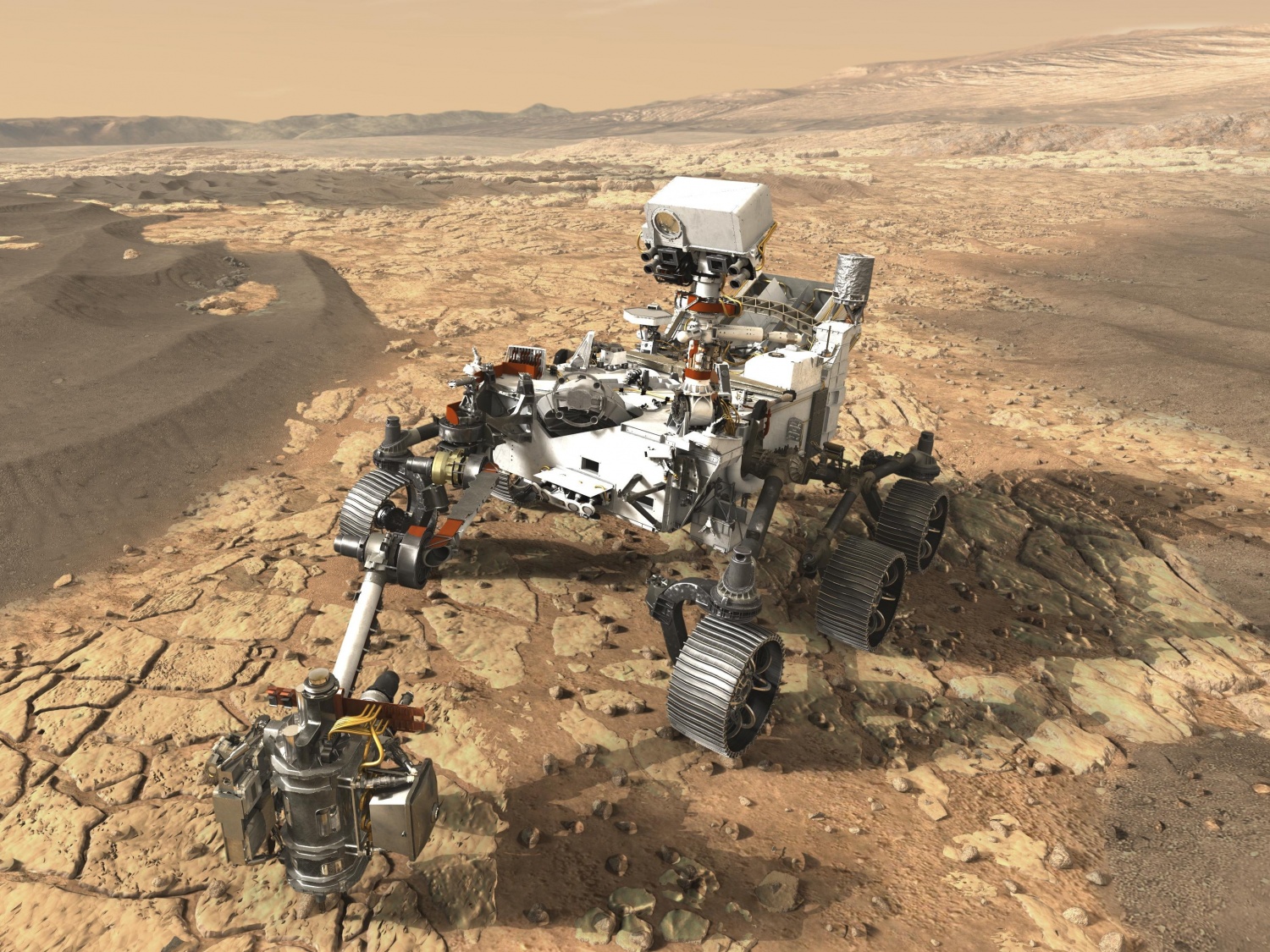
2020 seems to be a breakout year for tech. As it marks the beginning of a new decade in technological progress, we can't help but list down some of the things we're most excited for this upcoming year.
Mars (and Space) Invasion
With space agencies such as NASA announcing their intentions to send humans to Mars, and with private companies such as SpaceX also developing tech to enable the national agencies, preliminary missions are being set up by various space agencies across the world.
With the Curiosity nearing almost eight years of operational time, far past the originally intended 23 months of its mission, it's about time NASA sends a follow-up mission. The Mars 2020 rover (which has no name as of the moment), is planned to launch on July 17, 2020, and is expected to land on Mars on February 18, 2021.
It's not just NASA that has plans for the Red Planet. The European Space Agency also plans to land its own rover towards Mars in 2020. China is sending its own lander, the Huoxing-1, to Mars as a show of force of how quickly it has developed its space program. The United Arab Emirates, surprisingly, is also planning a mission of sending an orbiter to our nearby planetary neighbor.
Of course, there are other space missions that are launching in 2020 that don't involve Mars. Japan's Hayabusa2 is set to return to earth after getting samples of the asteroid Ryugu. On the inverse, NASA's OSIRIS-Rex will be launched to gather chunks of the asteroid Bennu. Additionally, NASA's return to the Moon is still ongoing, with the bidding for the design of the lunar lander for the Artemis mission still ongoing.
CERN-tenly
While it's been a while since the CERN's Large Hadron Collider captured the attention of the public, the scientific institution isn't stopping any time soon in its quest to further understand the universe around us. The Geneva-based laboratory hopes to secure funding for an even larger mega-collider this 2020. It plans to build a 100-kilometer machine that's hopefully six times as powerful as the Large Hadron Collider.
The Americans don't want to be outdone. The Fermi National Accelerator Laboratory, located in Chicago, should soon unveil the results of their Muon g-2 research. The research is focused on muons, larger particles related to electrons, and how they behave in a magnetic field.
Solar Upgrades
Developments in solar technology have unveiled more efficient solar panels and cells. The most promising breakthrough involves perovskites, materials that are promised to be cheaper and easier to use in producing solar panels as compared to silicon. New research is also being done where traditional silicon cells are partnered with perovskites to create the most efficient solar panels to date.
And while mounting solar panels on rooftops has been quite a popular trend in the past few years, new companies are looking for new opportunities to place solar panels in new places. And while placing solar panels on floating platforms isn't a new idea, it is being revisited due to the increasing cost of land throughout the world.








